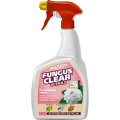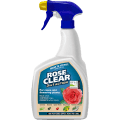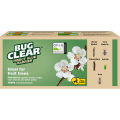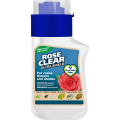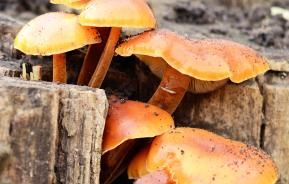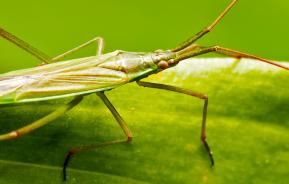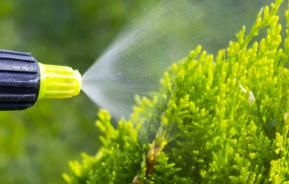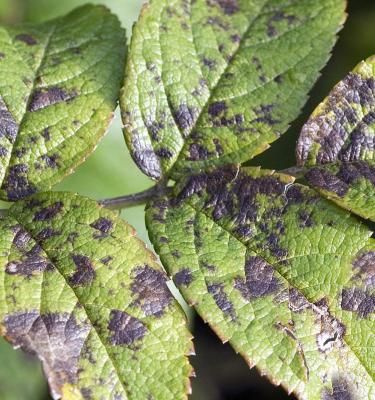
Common types of plant fungus
Fungus can devastate your precious plants
Nothing spoils your plans for a thriving summer garden faster than plant fungus. Plant fungus is a common gripe for gardeners all over the nation, but the good news is there are lots of simple strategies you can use to avoid being struck down by tomato blight, black spot or clubroot. Below some of the most common types of fungus - so you know what to look for if it does happen and what you can do to stop it.

Black spot
The black spot will be particularly familiar to anyone who grows roses. You’ll know this common fungal problem from its black, grey or brown spots that form on the leaves of your plant, causing them to drop. If it happens, remove and destroy any infected leaves, and take care to ensure none are left behind come autumn. For roses, use a rose fungicide spray, for everything else a fungicide spray, to help prevent it from forming again.
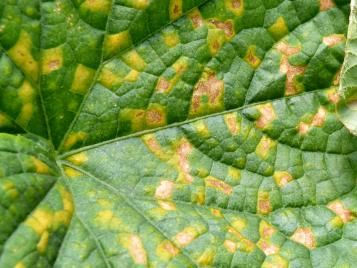
Downy mildew
Downy mildew attacks the leaves and other parts of the plant that grow above-ground. This type of mildew thrives in cool, moist and damp conditions, and tends to form most often on young and unhealthy plants or any plant under stress. Downy mildew has several different strains and can cause different reactions to different plants; to some, it causes leaves and stems to turn yellow, while to other plants it can prevent them from flowering. The best way to manage downy mildew is to destroy infected plants as soon as the symptoms are seen, including ground foliage, as fungicides won’t work for this strain of plant disease.
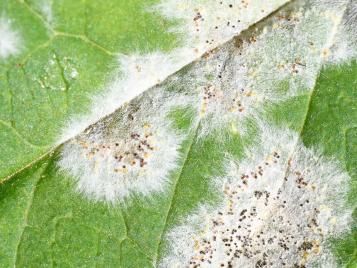
Powdery mildew
In contrast, Powdery mildew prospers in dry soil conditions, in humid and damp climates. They can infect roses and clematis, you’ll know it from the powdery fungus that grows on the upper surface of the plant leaves, usually white in colour. It can also spread to the underside of leaves or stems. When infected, the plant may turn yellow or eventually brown and leaves will die off. The best way to manage it is to remove and destroy any infected parts of the plant and maintain the soil by keeping it well watered and mulched. Be sure to only water the plant rather than the soil. Throughout the season, a fungicide solution can also help you protect your plants and keep powdery mildew from growing again.

Blight
Blight is a serious disease infecting tomatoes and potatoes. Tomato blight and potato blight can destroy the crop or make it inedible. You’ll know it from the brown, discoloured leaves that begin at the edges. Leaves tend to dry and curl inwards, and in moist conditions might also be accompanied by a white fungal growth. Both tomatoes and potatoes can also develop brown patches that turn into rotten sores. If you find blight in your garden, carefully remove and destroy any infected areas and manage the problem by keeping plants healthy using a fruit and veg feed and an organic soil conditioner.
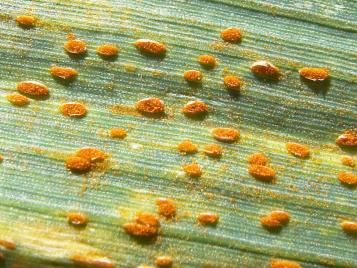
Rust
Rust is one of the simplest diseases to identify because it looks just like rust forming on your plants. Once established it can be very difficult to control, however, the good news is that each type of rust is specific to one plant, so won’t spread across your garden. If you have rust in your garden remove and destroy any infected parts. Keep high nitrogen feeds to a minimum. Instead, high potash feeds will help strengthen the leaves. Throughout the season, you can also use a fungicide solution to help prevent rust from forming or coming back.
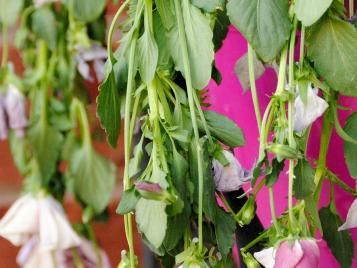
Wilt
Wilt affects a wide range of plants and vegetables, including chrysanthemum, peppers, tomatoes, potatoes and fruits. You’ll know it by its wilting leaves which can turn yellow or brown. If you find wilt in your garden, carefully remove any affected areas. You can avoid it forming by avoiding high-nitrogen fertilisers and using a liquid plant food to help promote healthy and strong plants.
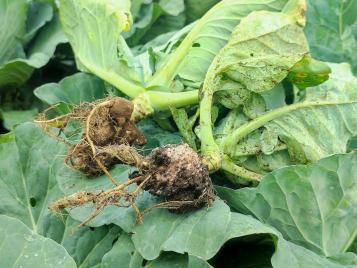
Clubroot
Clubroot is a fungal infection that commonly occurs in brassicas roots like cabbage, cauliflower, brussels sprouts, turnip and swede. It can also affect ornamental relatives such as wallflowers and Saxifraga. When infected, the roots become swollen and distorted, and above ground can show through stunted growth and purplish, wilting foliage. It occurs most often when the soil is moist and warm, so watch closely for it in mid-summer to late autumn. You can treat it by raising the soil pH by liming and improving drainage. You can also discourage it from forming by using a liquid plant food during the growing season.
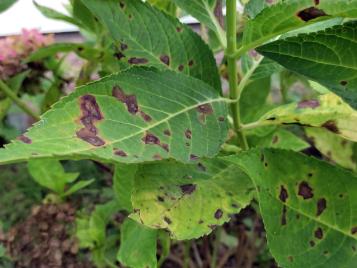
Anthracnose
Anthracnose is a common plant and vegetable disease affecting many varieties. It is most commonly found on tomatoes, cucumbers, beans and fruits like melon. You’ll know it by the small, sunken spots that appear on fruits and pods, which have pinkish sores in the centre. If you find anthracnose, you can control it by removing any infected leaves and ensuring you keep plants healthy by replacing soil with an enriched compost.

Plant virus
There are a number of plant virus diseases that can impact your garden, but most are specific to a single plant or group of plants. They can be transmitted by sap-sucking insects, through seeds, or with infected tools. Cucumbers and potatoes are most susceptible to a plant virus known as a mosaic – you’ll know it from the mosaic patterning on the leaf, where there is spotting, marbling or yellowing. One of the simplest ways to prevent it from appearing in your garden is to sterilise any tools and use an insecticide to deter sap-sucking insects. If it does appear in your garden, you’ll need to dig up and dispose of the affected plant to stop it from spreading. Liquid plant food can also help your vegetables grow strong and healthy, making them less susceptible.
